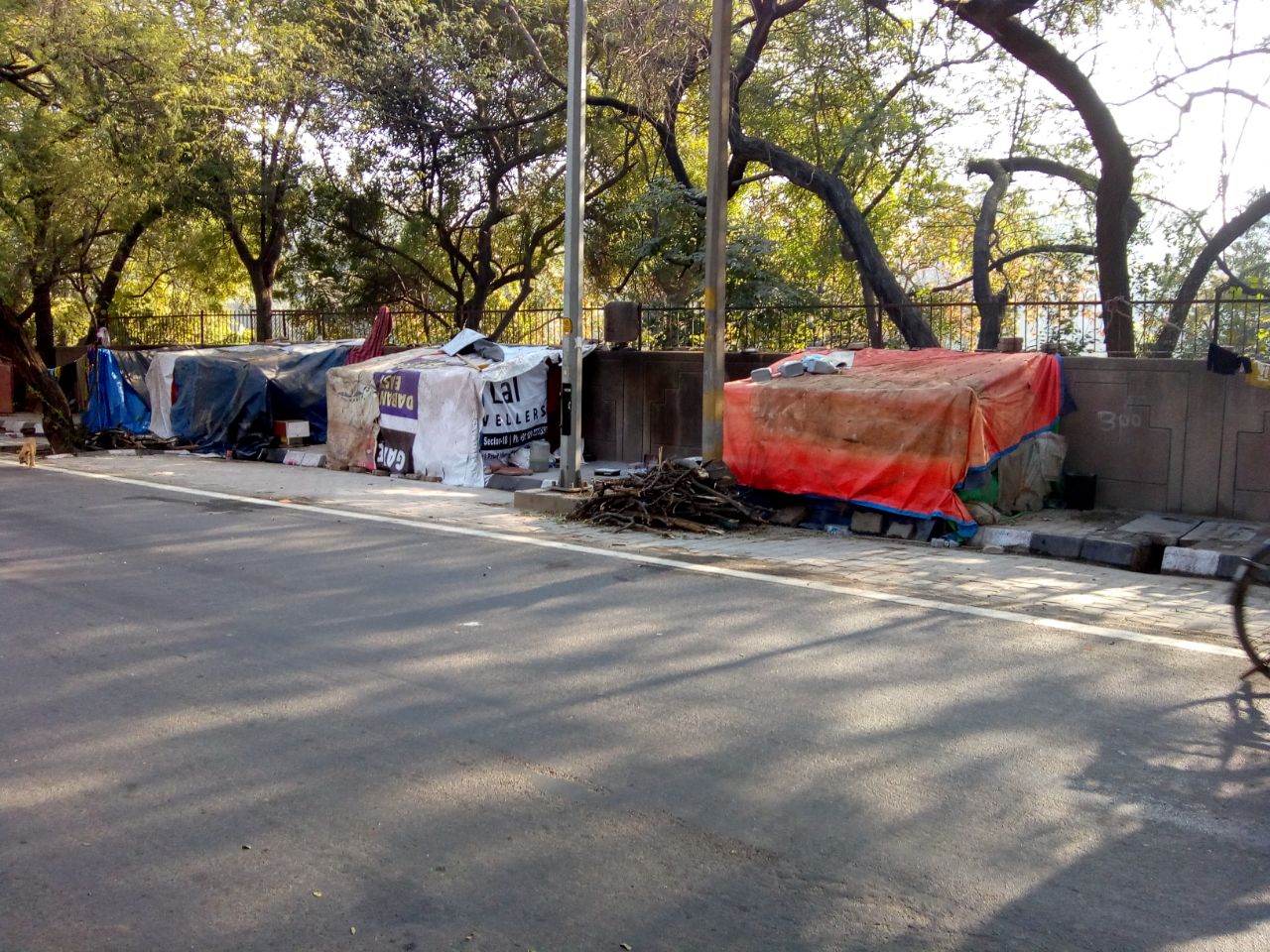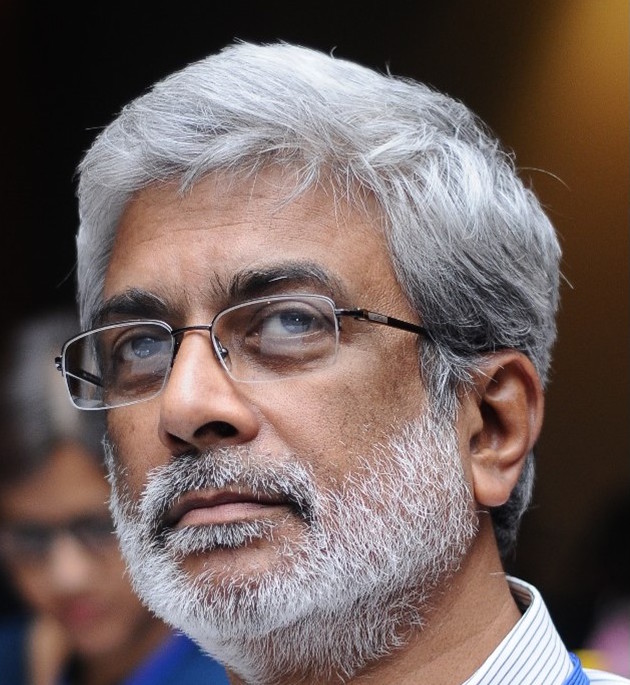I have to say that this piece was ‘inspired’ by a rather bizarre utterance recently about how the Taj Mahal was built on the blood of Indians. It set me thinking about how many things that India has built since then—and continues to build—are, in fact, on the blood of India’s poor.
India must be one of the few countries in the world where the poor subsidise the rich. Diesel subsidies allow rich Indians to drive SUVs. Our food is cheap because it is subsidised by the farmers who, ironically, barely survive and sometimes commit suicide. And India can sit on the climate high horse and say we emit under 2 MT of CO2 equivalent per capita only because the 8 MT that you and I emit is subsidised by our poor whose footprint is close to zero because they either don’t have access to energy or can’t afford it!

Photo courtesy: Shankar Venkateswaran
This piece is about who builds our infrastructure—what Nehru famously called the “temples of modern India” (though, in all fairness, he was referring more to dams, steel plants, and so on). It is about who enables us to buy fancy apartments and drive over flyovers on to a modern highway where a fighter plane can land or to fancy airports and soon to a railway station to catch a bullet train. It is about how the poor are subsidising us…yet again.
The material
Let’s start with bricks. Although modern building techniques are slowly reducing the use of clay bricks, a significant amount of it is still being produced and used. Estimates say there are over 1.5 lakh brick kilns in India employing over 10 million workers.
Typically, these bricks are produced by migrant labour in units of three—a man, a woman, and a child—with clearly defined roles for each. The child’s role is to move between rows of wet bricks laid out to dry in the sun and turn them over, because you need small feet for that.
Related article: Photo essay: The brick kiln kids of Bengal
Clay brick manufacturing is one of the most primitive processes in use and, tragically, continues to employ child labour and bonded labour.
The workers barely earn enough to eat, the rest being taken away by the middlemen to be set off against monies advanced to the families before they migrated. One estimate is that the wages paid to the workers is less than five percent of the retail price of the brick. The working conditions are pathetic, the workers are undocumented (eliminating all liabilities in case of accidents or death), safety is not on anyone’s mind, and forget about working hours, adequate water, shade, and so on. And if the social conditions are not bad enough, bricks are made using precious top soil, which is then lost forever.
The next in line is stones. There are two varieties: one, coarse aggregates that, along with cement and sand, constitute concrete and are hence used in practically all these ‘temples’. The other are decorative ones such as marble and granite used for floors, wall tiling, etc. Both these are mostly sourced from stone quarries, most of which are in the unorganised sector and, like bricks, made by migrant workers.
Apart from dehumanising work conditions, stone quarries add another dimension to this grisly story: silicosis, a disease that people working in stone quarries get by inhaling fine particles of silica that is known to cause lung infections, heart failure, cancer, disability and premature death.
The hands and feet
Once the material reaches the worksite, the ‘temples’ need to be built and no prizes for guessing who the actors are. Of course, the big companies are there with their huge earth-moving equipment. And even if increasingly a lot of these structures come semi-finished from a factory, someone must tie the steel rods for the columns, someone must carry bricks and material and so on. The large companies, whose shares you and I own, outsource these tasks and it is back to the old familiar middle-man who sources manual labour from the villages and brings them to the worksite.
So, what can we do?
Let’s be real. This is not going to change overnight. Because those who can change things may not want to and those who want to—mainly the workers themselves—cannot! So, what is the way out?
As with every problem, the first thing is for everyone—policy makers, policy enforcers, infrastructure builders, buyers—to acknowledge that we have a problem because if we don’t do that, all our so-called Smart Cities and highways will be built the same way as the Taj Mahal. Apart from a handful of nonprofits and the odd mention by mainstream media (ironically, it was the BBC that ran a campaign on the state of brick-making called ‘Blood Bricks’), there is little coverage of this issue.
The typical Indian response is that the government should fix it. True. By making laws, regulations and policies, and by ensuring they are followed. The first two exist, inadequate as they may be; the less said about the third, the better.
Indian infrastructure companies must understand that solving this problem is not just about what happens at their worksite but also in the supply chain.
And this is where corporate India has a significant role to play. Right down to where the bricks, aggregates, and flooring stones are procured. It is not enough to tell their sub-contractors to pay proper wages and provide clean, safe working and living conditions. We must also ensure it. I have seen the worksites of Tata, where I used to work, and while there is room for improvement, I have not seen a better run construction site. So, it is possible—by talking about it openly.
We as individuals have a role to play, too. We may not be able to influence the companies that build these ‘temples,’ but if we happen to work in them or know people who do, we should be asking the right questions of our colleagues: Do we have policies that deal with workplace conditions? Do we have policies on sustainable and ethical sourcing? And, very importantly, do we have systems and processes that ensure that these policies are practised?
If Shah Jahan’s construction methods were inhuman, why should we be condemned to repeat them?






